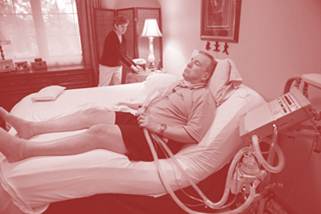Spinal Fusions, Complications, and Pain
Medpage has recently run an interesting series on spinal fusions and the use of BMP’s to promote fusion. I have blogged on some of the problems with these new BMP drugs used to promote low back fusion. They also recently highlighted a patient with severe pain following such a low back fusion that I think brings up an important point. As I’ve blogged before, spinal fusions artifically limit normal spinal motion and overload the vertebral segments above and below the fusion. This often leads to new areas of spinal degeneration above and below the area of fusion and new area of pain generation. In fact, the first thing I think about when I see post low back fusion complications of a patient in pain is if the facet joints or nerves above or below the fusion are involved. In general these patients tend to do well right after surgery, but then are in pain again within the first few months after surgery. Having said all of this, fusion is still a viable option for those patients who are severely unstable or for whom there is no other option, however, we no longer consider it to be routine appropriate next step for patients who have failed conservative care, but rather a giant leap into an unknown therapy.

NOTE: This blog post provides general information to help the reader better understand regenerative medicine, musculoskeletal health, and related subjects. All content provided in this blog, website, or any linked materials, including text, graphics, images, patient profiles, outcomes, and information, are not intended and should not be considered or used as a substitute for medical advice, diagnosis, or treatment. Please always consult with a professional and certified healthcare provider to discuss if a treatment is right for you.

